In this article, we will explore the purpose of backupscheduler.exe and provide tips on how to troubleshoot errors associated with this process.
Understanding Backupscheduler.exe: What It Is and What It Does
Backupscheduler.exe is a core process in many backup programs, including CloudBerry Backup and Online Backup Scheduler. It facilitates scheduled backups of important data to prevent data loss in case of a system crash. While it is an important process, it can sometimes cause problems and errors, such as CPU usage spikes or system alerts. To remove errors associated with backupscheduler.exe, try updating your backup program, running a registry clean-up program like Registry Clean Pro Scheduler, or using a security program like Security Task Manager to detect and remove malware. It’s important to note that backupscheduler.exe is not a system file and its location may vary depending on the product that uses it. Always do your research before removing backupscheduler.exe to avoid any issues.
Is Backupscheduler.exe Safe? An Overview and Analysis
Backupscheduler.exe is generally safe and is a core process for CloudBerry Backup and Online Backup. However, some users have reported instances of problems with the Scheduler process, which may be caused by driver issues or other conflicts. If you’re experiencing errors, you can try removing the program and its associated files. The file location is usually in the subfolder C:Program FilesCloudBerryLabCloudBerry BackupOnlineBackup.exe. You may also want to use a registry cleaner like MRU Blaster to remove any leftover files. Security Task Manager can help you determine whether the file is a threat or not.
Common Errors Associated with Backupscheduler.exe and How to Fix Them
- Update your antivirus software:
- Check if your antivirus software is up to date
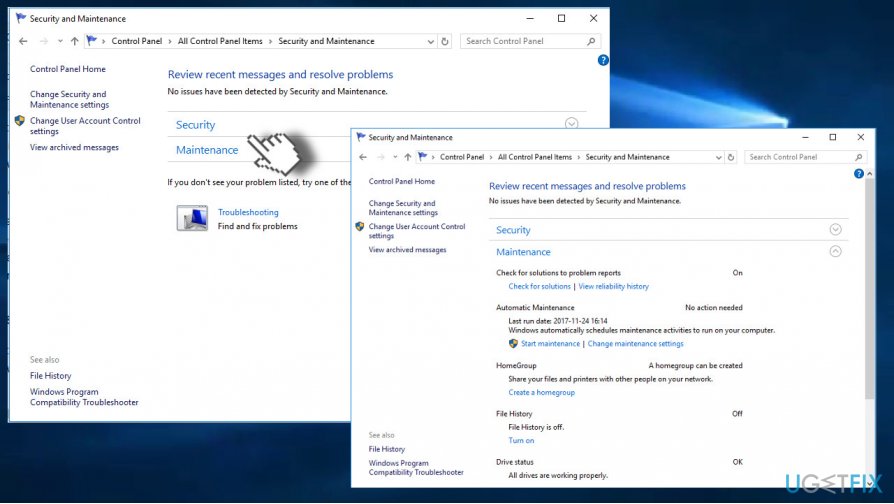
- Run a full system scan with your antivirus software
- Remove any threats detected by your antivirus software
- Uninstall and reinstall the program:
- Go to the Control Panel
- Click on Programs and Features
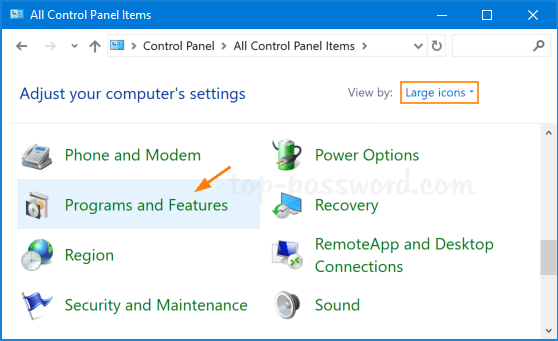
- Find the program associated with backupscheduler.exe
- Click on Uninstall
- Download and install the latest version of the program
- Run a disk cleanup:
- Open File Explorer
- Right-click on the hard drive that has the program installed
- Click on Properties
- Click on Disk Cleanup
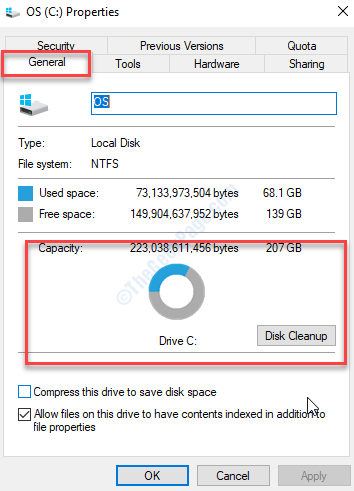
- Select the files you want to delete and click on OK
- Update your operating system:
- Check if your operating system is up to date
- Click on Start and go to Settings
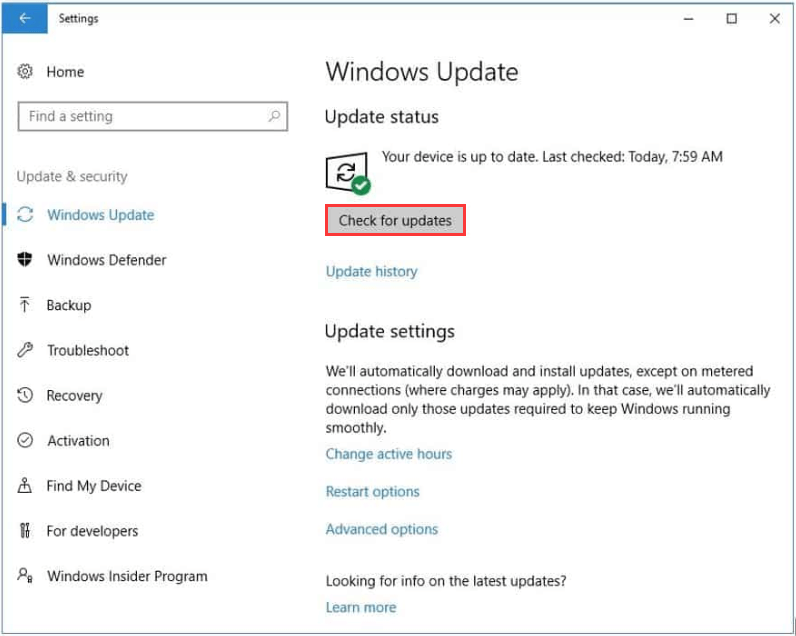
- Click on Update & Security
- Click on Check for updates
- Install any available updates
- Perform a system restore:
- Click on Start and go to Control Panel
- Click on System and Security
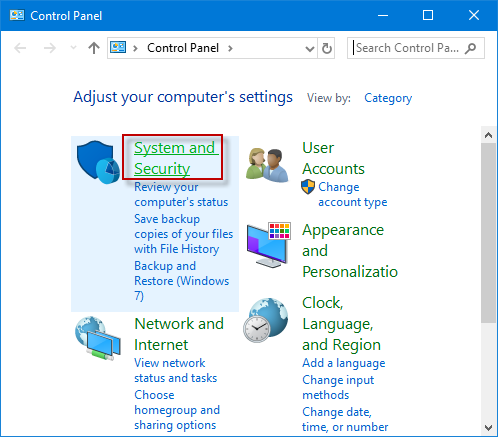
- Click on System
- Click on System Protection
- Click on System Restore
- Select a restore point and click on Next
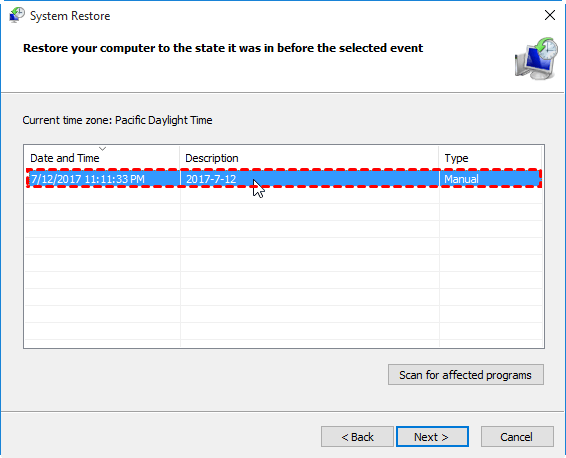
- Follow the instructions to complete the restore process
Repairing or Removing Backupscheduler.exe: Best Practices and Alternatives
If you’re encountering issues related to backupscheduler.exe, there are a few things you can do. First, you can try repairing the file by using a registry cleaner program like Registry Clean Pro Scheduler or MRU Blaster. Alternatively, you can completely remove backupscheduler.exe if you don’t use any backup software.
Note: Be cautious when removing any system file as it may affect other processes or applications. Always make a backup of your hard drive before proceeding.
If you’re using Windows 8 or Windows 10, you can disable the Scheduler process by going to the Task Manager and ending the process. For older versions of Windows, you can use tools like @Backup Scheduler or Planet Backup to manage your backups.
For those who require backup software, CloudBerryLab and SwapDrive are great alternatives to OnlineBackup.exe or Cloud.BackupScheduler. These programs offer better security ratings and more feedback options for the user.
Remember: Always be mindful of potential malware threats and keep your system files up to date. If you receive any alerts about backupscheduler.exe, check the file information and scan your system for any viruses or threats.
